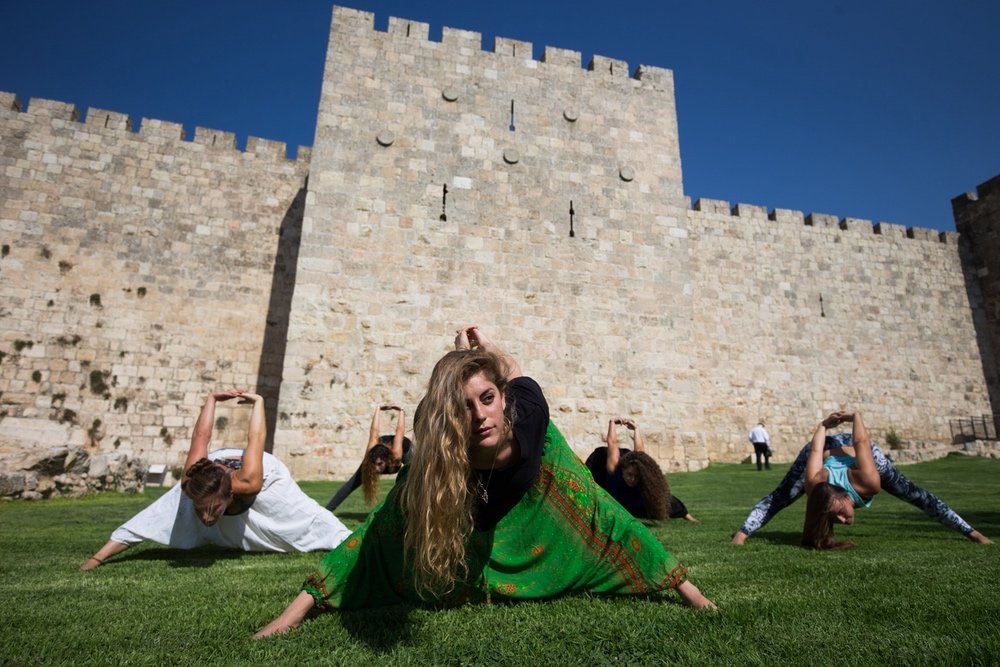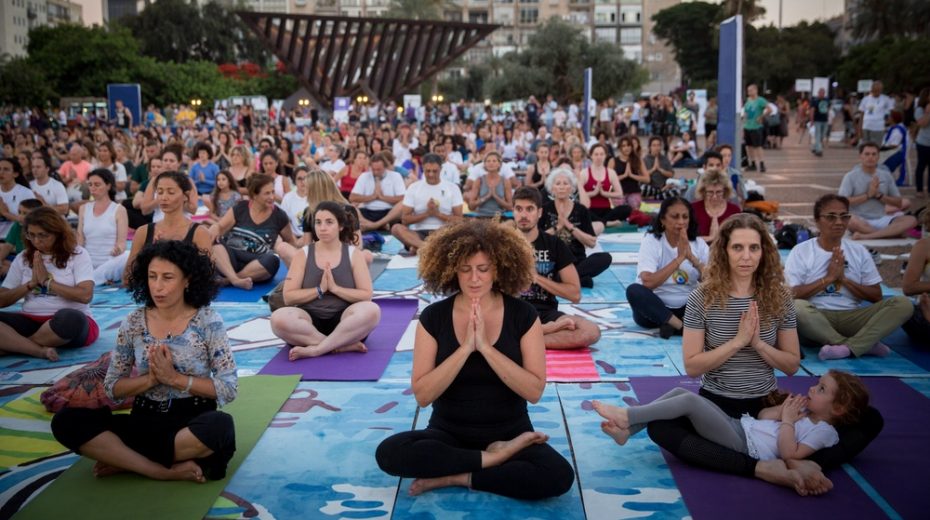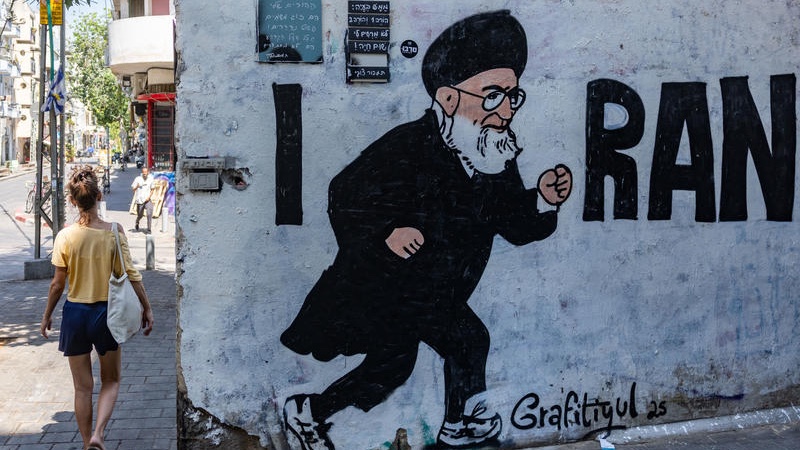The Hamas regime in Gaza has reportedly opened an investigation into the participation of several dozen local paramedics in a yoga session sponsored by the Embassy of India.
The paramedics were invited to the event following the latest Gaza war in May as a means of helping them recover from the trauma of that conflict. It was organized by the Positive Energy Club, an organization established in 2019 by local Gaza youths, in coordination with the Indian Embassy in Ramallah.
The Hamas-run Gaza Health Ministry was immediately critical and insisted it already had methods of assisting medical personnel to cope with trauma without turning to what it considers foreign religion.
“We were subjected to harsh criticism from the Health Ministry and social media activists, who accused us of practicing forbidden Buddhist rituals,” Naseem Hassan, an ambulance crew member who participated in the event, told Al-Monitor.
“The Health Ministry opened an investigation into the participation of ambulance personnel in the event,” he added.
Legitimate sport, or religious act?
Yoga is widely discouraged in Muslim culture given its connection to both Hinduism and Buddhism. In fact, it is one of the six philosophical pillars of the Hindu religion, and was first exported to the West in the late 19th century by Indian monks and gurus.
Awad Abdel-Bari, the director of Al-Istiqlal Sport Academy and the yoga instructor who gave the aforementioned session to Gaza paramedics, insisted in remarks to Al-Monitor that he and other Gazans “practice yoga as a sport, not as a religion.”
Many younger Arabs in the Muslim world would agree with that sentiment. Even notoriously-conservative Saudi Arabia recently lifted its ban on yoga and recognized the practice as a legitimate sport.
Still, most of the older generation views yoga as haram, the Arabic word for “forbidden.”
Several years ago, one of India’s top Muslim organizations, the All India Muslim Personal Law Board, took the government in New Delhi to task for making yoga compulsory in Indian public schools.
The group noted that many yoga routines, and in particular the Surya Namaskar, are rituals designed to honor and praise the gods of the Hindu pantheon, and are therefore inappropriate for Muslims. The Surya Namaskar was originally devised as a daily act of worship to the sun god Surya.

Avodah Zara – foreign worship
In Israel, yoga enjoys wide popularity, even among many traditional and religious Jews. This has no doubt been fed by Israelis’ fondness for traveling to the East following their mandatory military service.
In religious communities where it can be found, yoga is taught and practiced absent any of the Hindu or Buddhist religious elements. That’s not always the case in more secular locales like Tel Aviv.
But even when removing the explicitly spiritual aspects of yoga, it seems strange for Israelis to embrace it so openly given their typical aversion to avodah zara – “foreign worship” or “idolatry.”
As the famed Lubavitcher Rebbe Menachem Mendel Schneerson determined many years ago, the problem isn’t with the particular movements involved in yoga, which can indeed be therapeutic. The problem is the religious association tied to the word “yoga,” not to mention the chanting and meditation many in the West have adopted along with it.
After all, why import any aspect of a foreign religion when there are plenty of other ways to exercise? Heck, you can even still do the all stretches, just don’t refer to what you’re doing using a Hindu religious term. That’s like a Jew taking a bath and calling it baptism.











